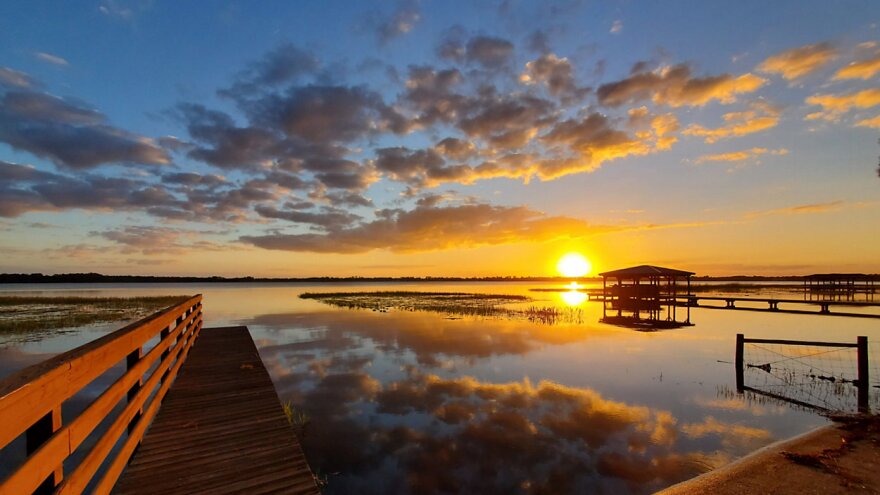Days will become "shorter" from now on… this means less daylight. If you like the "longer days," then your excitement will diminish every day, little by little. To be exact, you will lose between 1 and 1.5 minutes of daylight every day until the next solstice in winter, December 21.

For example, June 20 will be the longest day of the year in Miami, with 13 hours 44 minutes and 59 seconds of daylight. From then on, Miami loses a few seconds in the days after the 20th, and by July, about a minute is lost every single day through September 22, coincidentally the fall equinox, when we lose a minute and 30 seconds that day. Naples will have sunrise at 6:35 a.m. on Saturday and Sunset at 8:22 p.m.
But remember that sunset time will continue to rise through July 4, when it sets at 8:23 p.m., but sunrise times will also increase, which is when we "lose" daylight. By July 8, sunrise will be at 6:41 a.m.
What is the summer Solstice?
The summer solstice occurs when the Earth's semi-axis in a given hemisphere reaches its maximum tilt toward the sun, approximately 23° 26'. This happens twice a year, but only once in each hemisphere (between June 20 and 23 in the Northern Hemisphere and around December 21 in the Southern Hemisphere).
During the summer solstice, the Sun rises over the Tropic of Cancer (23° 26' latitude) in the Northern Hemisphere. In contrast, in the Southern Hemisphere, the Sun rises over the Tropic of Capricorn (−23° 26' latitude). This year in the northern hemisphere, summer officially starts on June 20 at 10:42 p.m., when the summer solstice happens.

What's the difference — solstice and equinox?
The term "equinox" comes from the Latin "aequinoctium", from "aequus" (equal) and "nocte" (night), which means "equal night".
Both solstices and equinoxes mark a change in the astronomical season. While the solstices are characterized by a very uneven distribution of solar radiation between the two hemispheres, equinoxes mark the dates when each hemisphere receives the same amount of energy from the sun.

The equinoxes occur when the sun rises exactly over the equator, causing day and night to be of equal length in both hemispheres. This happens twice a year, during the spring and autumn equinoxes, which occur from March 19–21 and September 21–24, respectively, in the Northern Hemisphere, and on the opposite dates in the Southern Hemisphere. The vernal equinox marks the end of winter and the beginning of spring, while the autumnal equinox marks the end of summer and the beginning of autumn.

Bonus astronomical lesson!
Earth is not the only planet that experiences equinoxes or solstices. Any planet with a tilted rotational axis has them. However, the seasons on other planets are not climatically equivalent to those on Earth.
This is due, firstly, to the fact that the axial tilt of the planets is variable, so there may be a much more (or less) significant seasonal difference than on Earth, due to a greater (or lesser) tilt.
On the other hand, the orbits of other planets are less circular, so their distances from the Sun can vary more dramatically, and the possible range of temperatures can be much wider.
Copyright 2025 Storm Center






